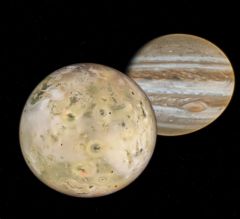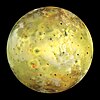Difference between revisions of "Io"
Jump to navigation
Jump to search
(Added gallery image.) |
(Added table line item.) |
||
| Line 51: | Line 51: | ||
|- | |- | ||
!Add-on!!Source!!Version!!Author!!Type!!Release Date!!Compatibility!!Wiki article | !Add-on!!Source!!Version!!Author!!Type!!Release Date!!Compatibility!!Wiki article | ||
| + | |- | ||
| + | |[https://www.orbiter-forum.com/resources/celestial-bodies-motion-part-1-4-v2-0-0.132/ Celestial Bodies Motion - Part 1/4 - v2.0.0]||O-F Resources||v2.0.0||cristiapi||Scenery||2 July 2015||*module only|| | ||
|- | |- | ||
|[https://www.orbiter-forum.com/resources/orbiter-2010-p1.5428/ Orbiter 2010-P1]||O-F Resources||100830||martins||Orbiter Download||30 August 2010||Orbiter 2010-P1|| | |[https://www.orbiter-forum.com/resources/orbiter-2010-p1.5428/ Orbiter 2010-P1]||O-F Resources||100830||martins||Orbiter Download||30 August 2010||Orbiter 2010-P1|| | ||
Revision as of 13:42, 10 November 2024
 | This natural satellite related article is a stub. You can help Orbiterwiki by expanding it.
Io is one of Jupiter's four Galilean Moons. It is also the only confirmed satellite to have active volcanoes. Its orbit is in a 1:2:4 resonance with Europa and Ganymede. Io in OrbiterIo was introduced to Orbiter in the Orbiter 2002 release, and each version after that. Io's orbit was governed by the Io.cfg file in Orbiter 2002 and later versions until Orbiter 2005 when Vsop87.dll governed Io's orbit. Io is modeled as a sphere 48806 km in diameter with a mass of 8.93×1022 kg.
See alsoGallery
| |||||||||||||||||||||||||||||||||||||||||||||||||||||||||||||||||||||||||||||||||||||||||||||||||||||||||||||||||









